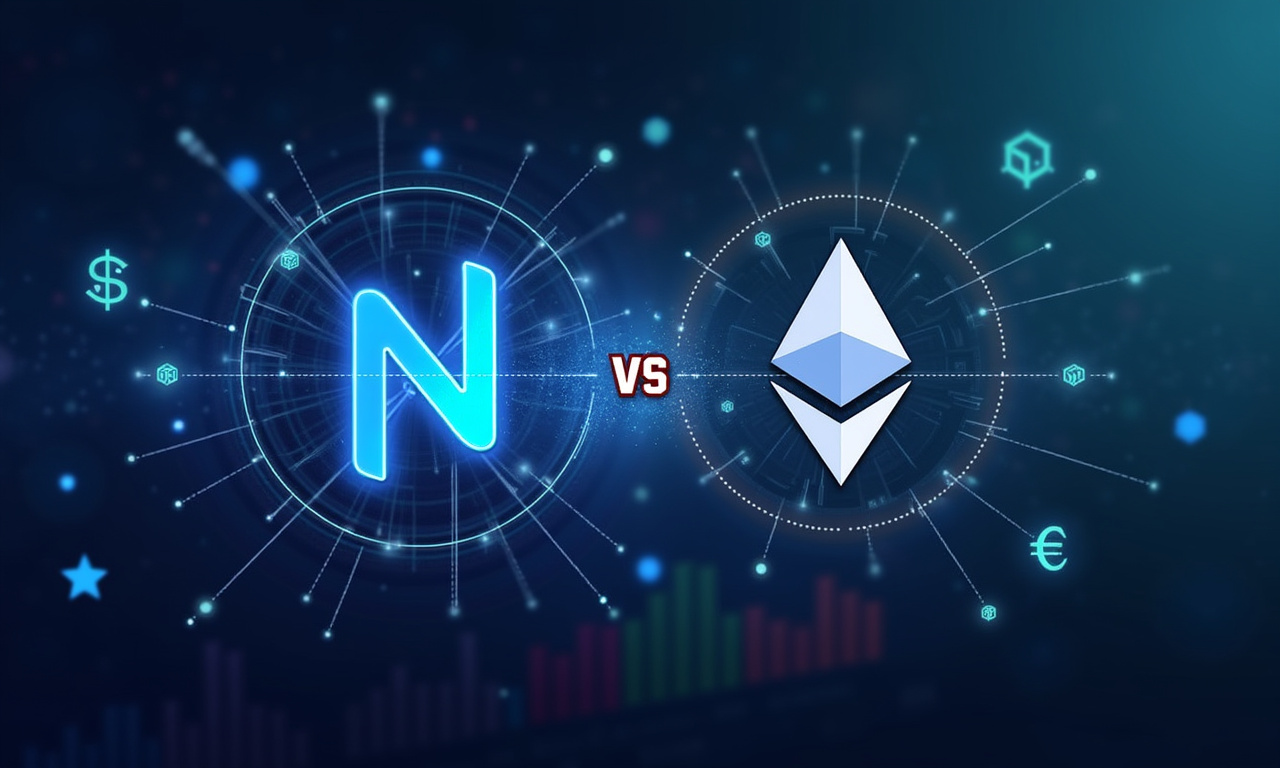The GENIUS Act. Sounds impressive, right? Let’s face it, almost every piece of legislation comes out with unintended consequences. Even as Washington talks about stablecoin regulation, are they missing the whole point of this game? What if they just try to rein in the wild west of crypto? Otherwise, they may unintentionally cede the race to a dark horse – NEAR Protocol!
Regulation Creates DeFi Opportunity?
Think about it. The GENIUS Act, at least in its current form, essentially codifies a yield ban on stablecoins. Where does that capital go? It doesn't vanish. It flows. It seeks returns. At the moment, DeFi protocols are looking pretty darn appealing. You can practically smell the institutional dollars sniffing around, looking for a new place to roost.
Certainly, Ethereum, the current DeFi behemoth comes to mind. Is it ready? Its dependence on Layer-2 solutions such as Arbitrum and Optimism has balkanized its ecosystem. Fees are exorbitant, still the platforms are known for a clunky user experience. It’s as if you’re trying to find your way around a major metropolis at peak traffic time.
This is where NEAR steps in. Nightshade Sharding and Doomslug Consensus might seem like terms from a speculative fiction novel. They provide real-world speed and scalability. We're talking transaction throughput that rivals Ethereum's Layer-2s, without the added complexity.
| Feature | NEAR Protocol | Ethereum (with L2s) |
|---|---|---|
| Scalability | High (Native Sharding) | High (Fragmented across multiple L2s) |
| Transaction Fees | Low | Variable, can be high on L1 or congested L2s |
| Ecosystem | Unified, Growing Rapidly | Fragmented |
| Developer Tools | Developer-friendly, Aurora for ETH support | Mature, but fragmented |
NEAR's Institutional On-Ramp is Ready?
They don’t play around. When they catch a whiff of legitimacy, they jump in with both feet. The introduction of the Bitwise-backed ETP for NEAR on the Deutsche Börse Xetra exchange. That’s not only a win, it’s a show of strength. It’s positive news for institutional investors, who are increasingly craving crypto exposure but require a regulated, familiar vehicle. Now, NEAR is no longer just a high-potential altcoin darling; it’s a Tier-1 investment-grade asset.
It’s here where NEAR is positioning themselves to build a quiet moat around their concept. It’s not simply a tech choice, it’s a regulatory requirement. The genius act does a good job of looking for that clarity. This would organically create a preference for protocols that are proactively AML compliant and work to maintain meaningful reserve levels. Guess who that benefits?
I'm not predicting the end of Ethereum. It's the 800-pound gorilla in the room. But even gorillas can be outmaneuvered. NEAR’s growth trajectory, coupled with the aforementioned regulatory push, is producing a perfect storm.
Are You Ready to Ride the NEAR Wave?
Bitcoin's dominance is waning. The market is shifting. Smart money is certainly diving into altcoins that have real utility. NEAR is proving it can deliver that. That’s not enough — you can’t just sit back and pray that Bitcoin is going to moon. You have to be proactively putting yourself in line for the next wave.
Allocate 10-15% of your crypto portfolio to NEAR. As always, establish a stop-loss, because volatility is your middle name. So measure your risk, but don’t be scared to make a smart move that isn’t completely safe.
Is NEAR a guaranteed winner? Absolutely not. The crypto world is anything but predictable. The GENIUS Act could still be radically improved, or NEAR could trip and fall. The pieces are in place. The opportunity is there.
So, as Washington continues to debate the future of stablecoins, I’ll be keeping a close eye on NEAR. And I suggest you do, too. Just because, every now and again, the most surprising winners end up being the biggest winners. Often, it’s those surprising connections that yield the biggest returns. Don't miss out.




